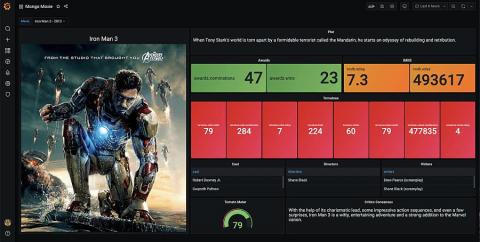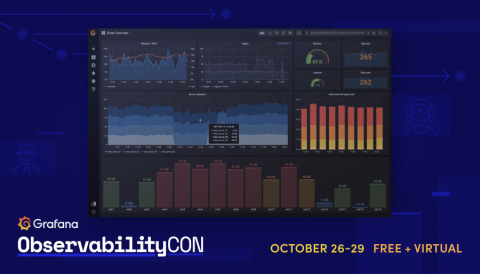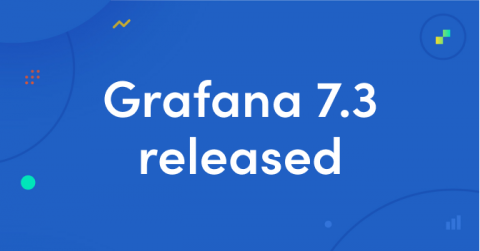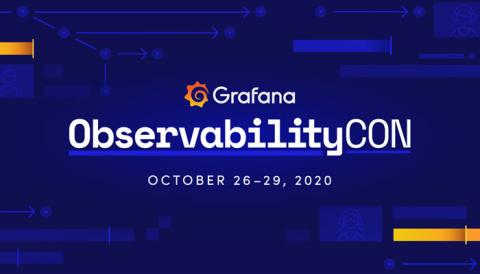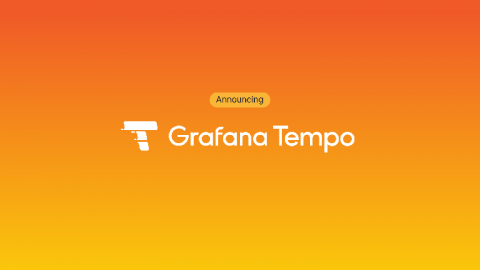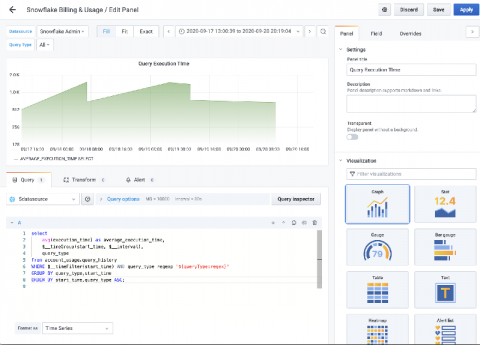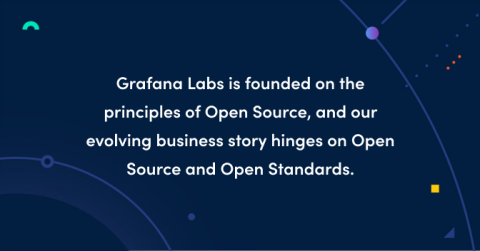Introducing the MongoDB Enterprise plugin for Grafana
MongoDB is one of the most popular NoSQL databases in the world, used by millions of developers to store application metrics from e-commerce transactions to hospital equipment inventory, from user logins to First World War diaries. MongoDB databases contain mountains of information that SREs, software engineers, and executives can visualize to run their businesses more effectively. Grafana dashboards are most effective when they are layered with context.


